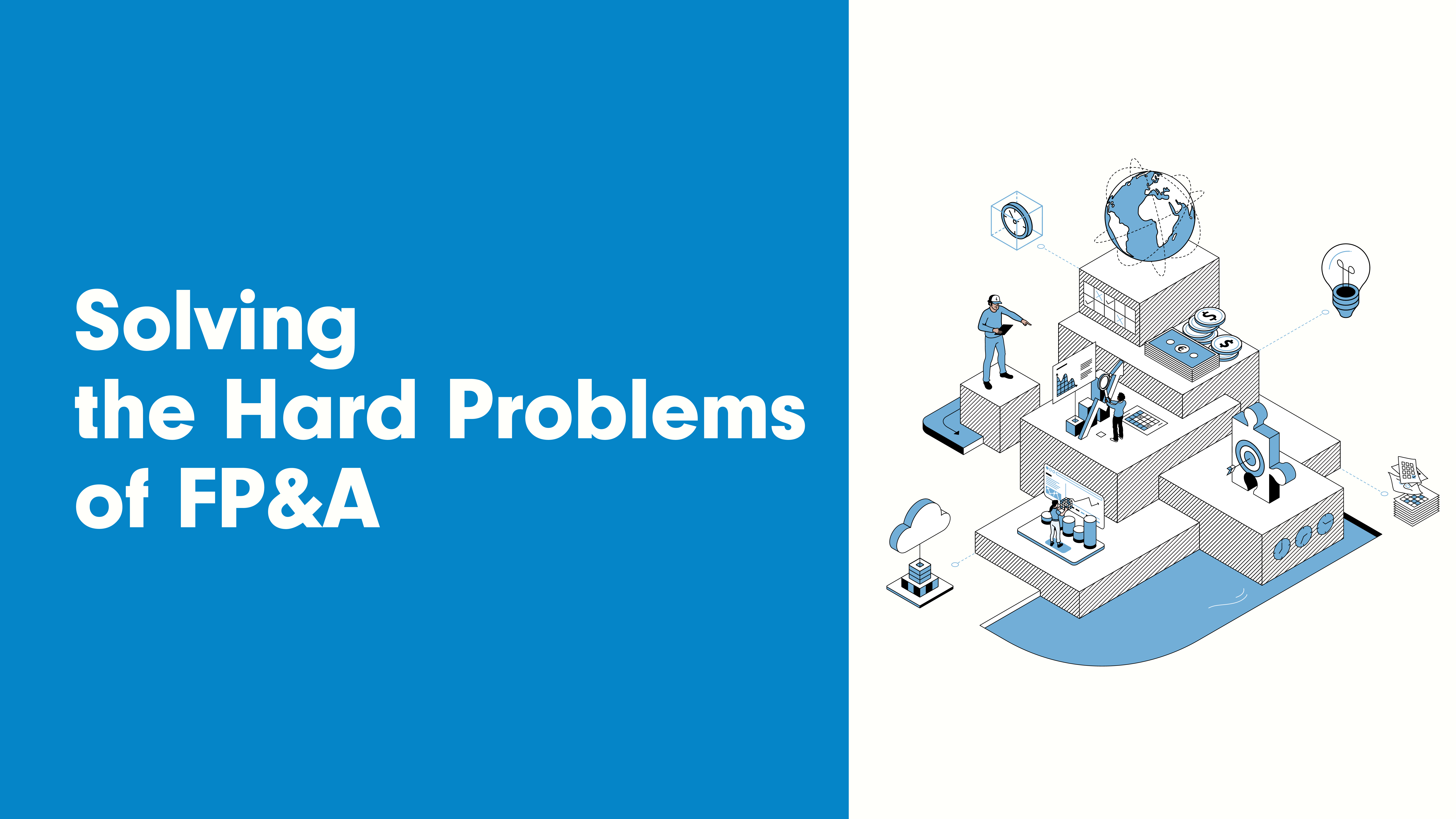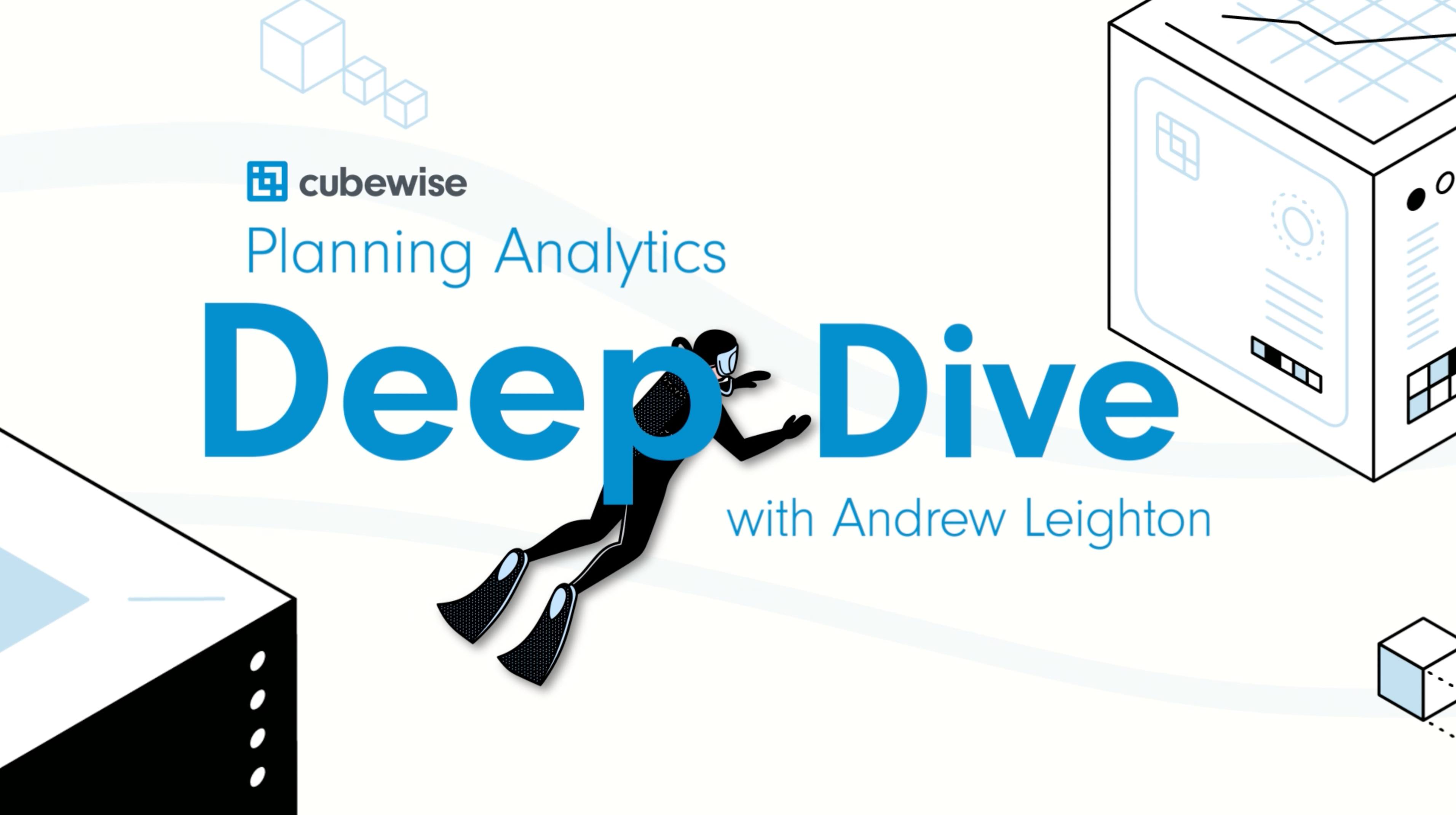-
Monash College Recognised for Their Planning Analytics Success

Monash College’s TM1 journey has earned well-deserved recognition. With a finance-owned Planning Analytics model, they’re running 60 scenarios a week and closing the month in half the time.
-
Solving the Hard Problems of FP&A #5

Reliable guidance for purchasing FP&A software is scarce. Reviews are often biased, and analysts have limited, paid perspectives. Inexperienced buyers are influenced by hype, leading to regrets. Here are the most common mistakes I’ve seen.
-
Solving The Hard Problems of FP&A #4

In the first three articles, we’ve explored the Hard Problems of FP&A. But let’s not forget—there are also some Easy Problems worth recognizing.
-
Solving The Hard Problems of FP&A #3

This series tackles the Hard Problems of FP&A, highlighting common distractions and offering solutions to complex challenges in the industry.
-
Solving The Hard Problems of FP&A #2

In this series, I’ll highlight the Hard Problems of FP&A. The second is What-If Analysis and Scenario Modelling, a key challenge in forecasting and decision-making.
-
Solving The Hard Problems of FP&A

This series tackles the Hard Problems of FP&A, highlighting common distractions and offering solutions to complex challenges in the industry.
-
WatsonX Virtual Assistants for Planning Analytics with Marius Wirtz

Interested in adding a virtual assistant to your IBM Planning Analytics model? Check out this video!
-
AI Agents, WatsonX, and Python The Future of Planning Analytics with Nic Renotte

Here’s an in-depth discussion with Nic Renotte covering AI Agents, WatsonX, Python, and how these tools are revolutionalizing IBM Planning Analytics.
-
Text, Context, and Subtext: Building Better FP&A Models

Don’t overlook context and subtext when discussing model requirements.
-
Supply Chain – Getting Starting with Advanced Analytics

by Andrea Ludwig, Account Director, Cubewise North America Who am I, and why am I writing this? When I started my career at Neiman Marcus over 15 years ago, we were told our job was simple: Get the right product to the right place at the right time. At first, this sounded so straightforward, because…